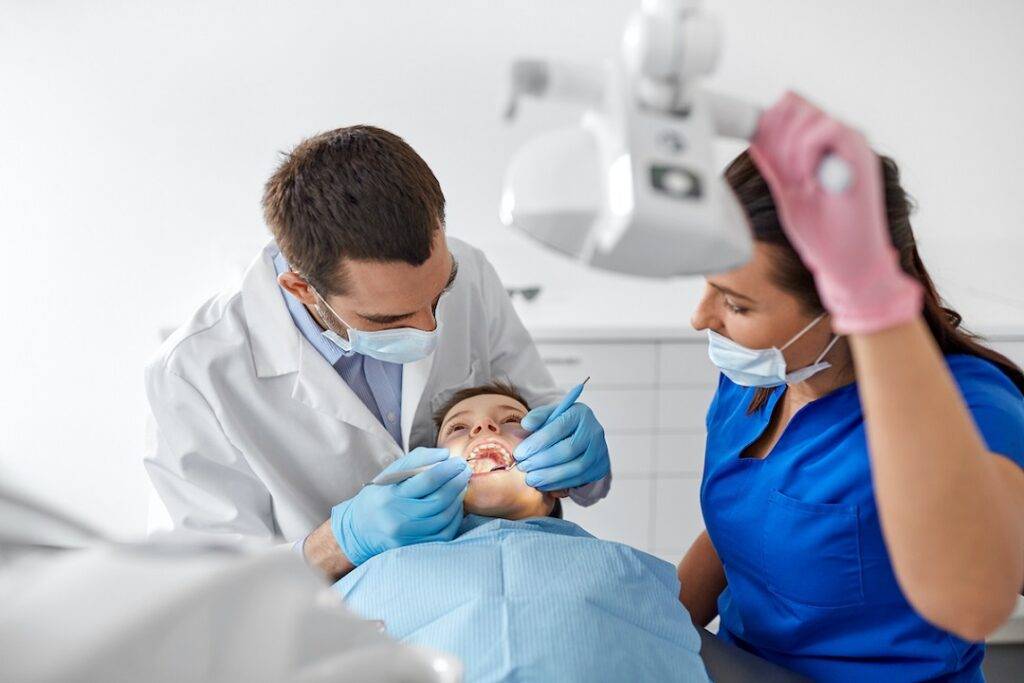Effective communication is essential in orthodontic practices for ensuring patient satisfaction, treatment success, and building lasting relationships. Orthodontic treatments often span months or even years, making consistent, clear communication key to guiding patients through their journey.
Here are several ways to enhance communication within an orthodontic practice, ensuring patients feel informed, supported, and engaged throughout their treatment.
One of the first steps in improving communication is personalizing patient interactions. Every patient is different, and their concerns, preferences, and treatment plans will vary. Personalizing your communication helps patients feel valued and understood.
Take the time to learn their names, remember specific details about their treatment history, and inquire about their comfort levels and concerns during each visit.
A personalized approach helps establish trust, which is essential for maintaining open and honest communication throughout the treatment process.
Another critical component is providing clear explanations of the treatment plan and each step involved. Orthodontic procedures can seem complicated to patients, especially those unfamiliar with dental terminology. Using simple language and visual aids, such as digital imaging, 3D models, or before-and-after photos, can help explain complex concepts.
Patients should understand the “why” behind their treatment, how it will benefit them, and what role they need to play, such as wearing aligners for a specific number of hours. Clear instructions prevent confusion and ensure that patients remain committed to their treatment plans.
Technology plays an increasingly significant role in improving communication within orthodontic practices. Many practices now use digital platforms and mobile apps to streamline patient interactions.
Text message reminders for appointments, follow-up emails after procedures, and secure messaging systems for answering questions can help keep patients informed and engaged.
Remote monitoring apps also allow orthodontists to track progress and provide feedback without the need for in-person visits, offering convenience to patients while maintaining regular communication.
Active listening is another vital aspect of improving patient communication. Patients may have concerns about discomfort, treatment duration, or their ability to maintain oral hygiene during treatment.
By creating a space where patients feel comfortable expressing these concerns, orthodontists can better address them and make necessary adjustments to ensure a positive experience. Listening attentively also demonstrates empathy and reinforces the notion that the patient’s well-being is the top priority.
Setting clear expectations from the outset is crucial for patient satisfaction. At the initial consultation, it’s important to outline the entire treatment process, expected outcomes, timelines, and any potential challenges.
When patients have a realistic understanding of what to expect, it reduces anxiety and fosters a smoother treatment journey. This also includes discussing any lifestyle adjustments they may need to make, such as dietary restrictions with braces or the consistent use of aligners.
Creating a comfortable and welcoming environment within the practice further improves communication. Patients are more likely to ask questions and voice concerns if they feel at ease.
From the first point of contact at the reception desk to interactions with the orthodontist and staff, every touchpoint should reflect a patient-centric approach. A friendly, approachable atmosphere encourages open dialogue and reinforces trust between the practice and the patient.
Finally, consistent follow-ups after appointments ensure ongoing communication and provide patients with opportunities to address any post-visit questions or concerns.
Whether it’s a simple check-in after a major procedure or a reminder about the next visit, these touchpoints demonstrate that the practice is attentive to the patient’s needs and is committed to providing continuous care. Regular follow-ups can also help prevent misunderstandings and ensure patients adhere to treatment instructions.
In summary, improving patient communication in orthodontic practices involves personalizing interactions, providing clear explanations, using technology for efficient communication, and actively listening to patient concerns.
By setting realistic expectations, creating a welcoming environment, and maintaining consistent follow-ups, orthodontic practices can ensure a more positive and successful patient experience. Clear and compassionate communication not only leads to better treatment outcomes but also fosters long-term relationships with patients.


